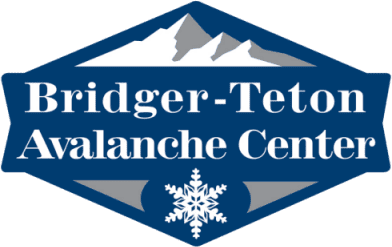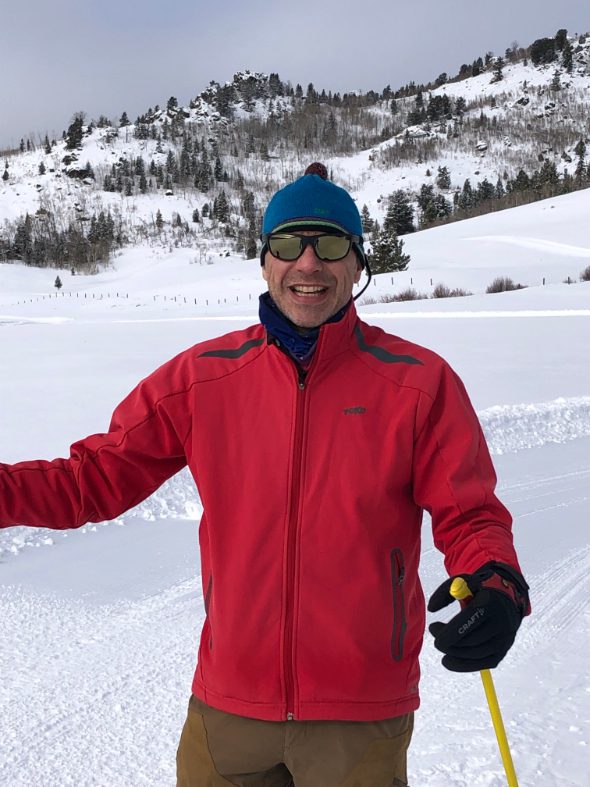In 1991 Steve Markason had just graduated from forestry school in Syracuse, New York and couldn’t find paid work, “so I got a volunteer position,” he says. That volunteer position was on the Bridger-Teton National Forest through the Student Conservation Association. “I came out here sight unseen,” Steve remembers. “I had seen pictures of the Tetons and knew about Yellowstone, but I didn’t really know. I flew out on an early June day and stepped off the plane and it was shock and awe. It just floored me.”
More than three decades later, as Steve has gotten to know and explore more and more of the Greater Yellowstone Ecosystem, especially the BTNF, where he quickly transitioned from volunteer to paid staff, he continues to find it amazing. “I’m a big wilderness guy. Here there are large carnivores and fire plays a significant role on the landscape—that puts me in my place. In the lower 48, this is one of the most wild places,” he says.
From his first volunteer position on the Bridger-Teton, Steve moved onto working as Trail Crew Supervisor, then as a wilderness ranger in the Gros Ventre Wilderness, and, most recently, as North Zone Fire Management Officer. Between his time as a wilderness ranger and Fire Management Officer, Steve moved into the Teton Interagency Fire program where he worked as a wildlife fire engine captain and helitack supervisor, among other positions. He retired from federal service in May 2020 and is now the owner/consultant at Teton Wildfire Mitigation Team, LLC.
Steve joined the Friends of the Bridger-Teton board because he wanted to stay involved with the forest he worked on for almost 30 years. “One of the biggest things we’re doing that I’m proud of is our recreate responsibly messaging, especially the Ambassador program [MAYBE LINK TO AMBASSADOR PAGE HERE?].” he says. “It has been a huge success with the ambassadors out in the field making contact with people on the forest and helping educate about how to take care of this place so that it’s around for future generations.”
Steve and his wife Elizabeth Drapela are heavy users of the BTNF. They’ve ski toured and backpacked throughout the forest and now most often enjoy the forest through Nordic skiing, hiking, biking, and car camping.
Since Steve’s business is wildland fire, we asked him to share how he puts his campfires out.
“We carry a huge jug—at least 5 gallons—of water for drinking and putting fires out when we’re car camping. Every fire we have starts with being in an existing fire ring. Depending on where you camp this might be a fabricated metal ring, or a long-used ring made from rocks. We never create a new fire ring. We build our fire inside the fire ring and enjoy it for as long as we want to. When we’re ready to leave camp, at which point the fire should be down to just coals, we drown it with water from our jug. And then we’ve got a small shovel—you could also use a stick—to stir the coals around and we drown it again. And we keep repeating this. We don’t leave until the fire is cold to the touch and everything is soaked.”


